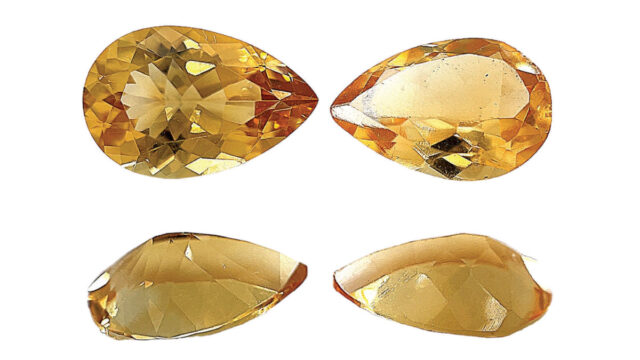
Estimated reading time: 11 minutes
In past issues, InColor has delved into the world of lapidary artists, illuminating the intricate processes of cutting, polishing and engraving gemstones. In this article, we take a more detailed look at the relationship of the successful gemstone cut in terms of depth and critical angle.
As most people know, gemstone cutting is not only an art form; it is also a scientific study. Having a badly cut stone can have multiple consequences, especially in the pavilion area resulting in fisheye, dead zones, an asymmetrical look, windows, etc. When dealers put a price on a gemstone, all these factors are taken into account. It’s important, therefore, for cutters to understand the critical angle in a gemstone.
What is critical angle?
The critical angle is, well, critical for a good cut! In a sense, it’s the shallowest angle you can cut a gemstone with, so that the light can be reflected back. That’s right, a gemstone doesn’t shine, it reflects. (Take that, Rihanna!)
If you go under the critical angle when cutting, you will get a window in the stone and the stone will lose color at its center without any facets to reflect the light back. If you play a bit and add a few degrees to the angle while cutting the stone, then you can get the perfect refraction inside, and the best reflection of the light as the gemstone will show good color back from all angles, and not show dead zones or windows.
But if you add too many degrees to your critical angle, there is a risk of causing dead zones in the gem, i.e. dark spots where no light gets reflected back. This is also why it is important to know the refractive index (RI) of the stones. The RI describes the optical density of a gem, i.e. when light enters a gemstone, it is refracted (bent) depending on the density of the material, and that refraction is measured. The RI can be found easily for most gems. In faceting, it basically indicates the usable angles you can cut into the stone so that it sparkles.
For those interested in calculating the critical angle,= below is a simple formula:
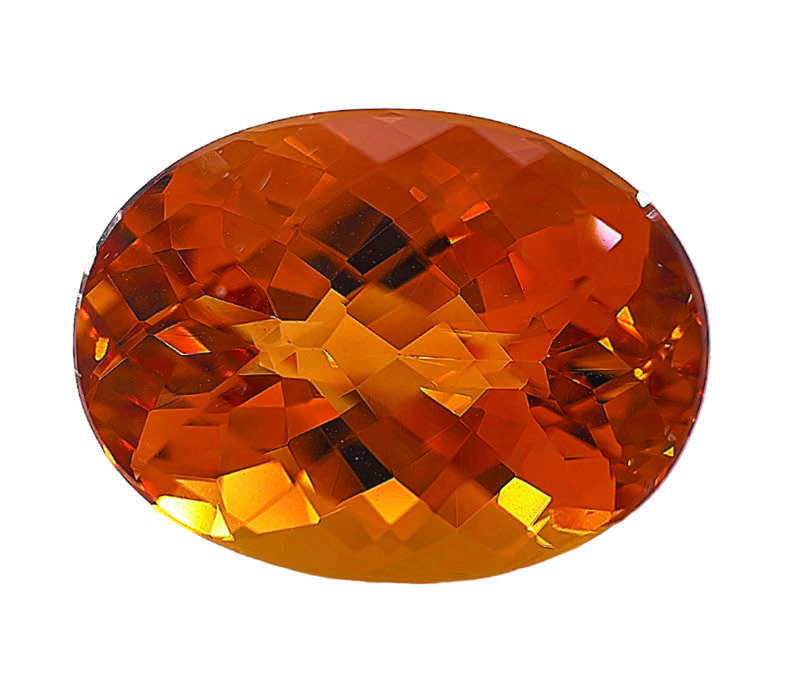
Sin-1 (1/N)
N= RI (Refractive Index)
Using the critical angle was perfected in the diamond cutting industry, and is also why all the round brilliant cut diamonds with the same diameter and quality will have similar depths.
The colored gemstone world has not yet made it a standard, and commercial quality gemstones often show poor cutting, but professional cutters try their best to cut their gems with the perfect angles.
Why is my stone so shallow/deep?
I’ve often had clients ask me why this or that gem was so shallow, while another was so deep? Why don’t all gemstones have the same calibrated depth? Why would two emeralds of the same diameter have different depth and pavilions? There are a few reasons:
- Choice of the cutter or the customer
- Retention of rough weight, or not enough rough
- Critical angle variations
- Dependent on the jewelry design
- Repair work
- Optical phenomenon and color
Choice of the Cutter or the Customer
Cutters can decide on any design they wish for their stones. Aesthetics can sometimes win over the retention of weight, as does the desire to test a certain type of cut even if the rough called for another shape. As an example, we can cut a “bluff stone,” a gem with a bigger diameter but shallow and light, instead of multiple smaller stones, with normal depth.


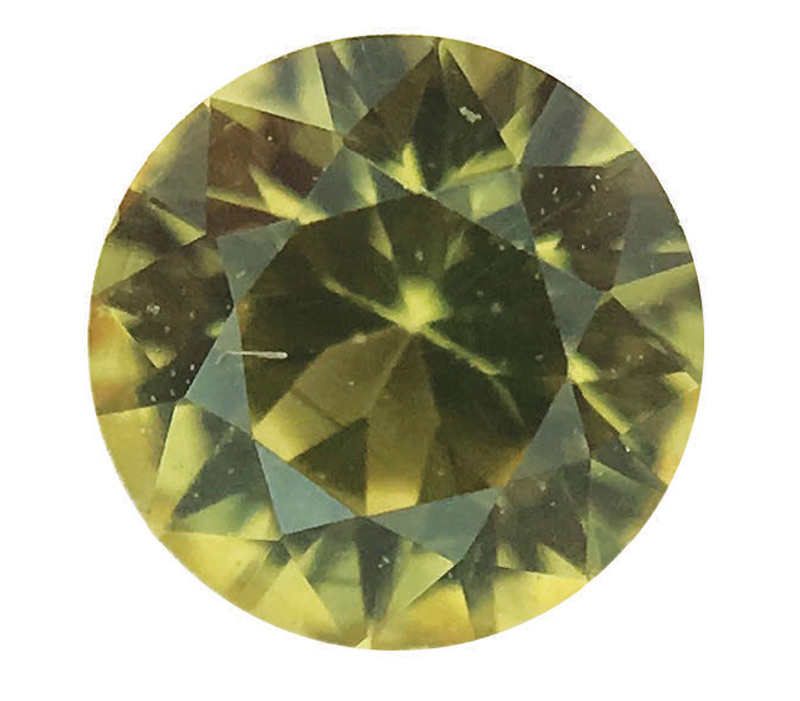
Or we can take the portrait cut as an example, where we want the biggest window possible for the stone. If the stone is opaque, there is no specific angle to follow since no light is reflected inside the stone. On these occasions, the customer or the cutter will decide what to do with the stone.

Retention of rough, or not enough rough
Sometimes, the only intent behind a cut is to lose aslittle rough as possible. In these cases, critical angle can rarely be achieved. The best scenario is to cut the biggest stone possible, as deep as possible, so that it can sell more for the weight than the stone itself is worth. This often happens for medium to lower quality corundum, where stones sell at a lower price per carat. The result is a fatter stone that costs more.
What can also happen is that you have a rough stone that is on the thin side, and there is no choice but cutting a gem with a window in it in order to be able to sell it at a desired price point. In the end, the cutter must decide if he/she wants to try faceting a larger stone with less than perfect proportions, or a smaller one with perfect proportions. It will depend on the price of the rough, and the price for the finished gem.
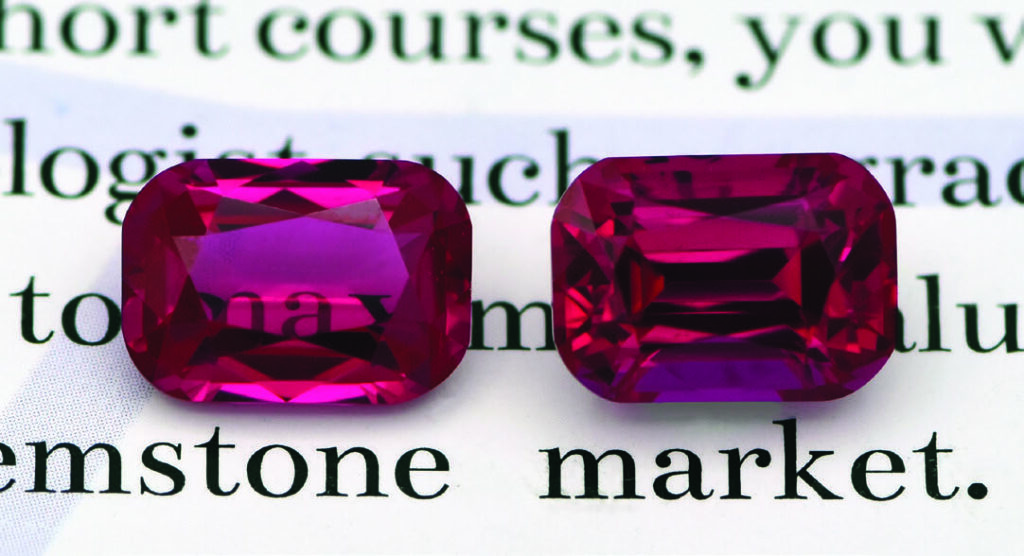
Critical Angle Variations
Cutting with the critical angle in mind helps cutters understand where and when they have to stop, or where they have to cut to have the best results. The light must be reflected on the inside facets of the pavilion, bounce around a little, and then come back towards the crown/table.
For example, a spinel will typically be cut with a deeper pavilion than a diamond. Quartz, beryl, zircon and topaz are other stones that you often find with a deep belly. Otherwise, they will be windowed or dark. Moissanite can be cut shallowly enough without getting a window. Its critical angle is low, but that doesn’t mean it is the best angle to cut it at!
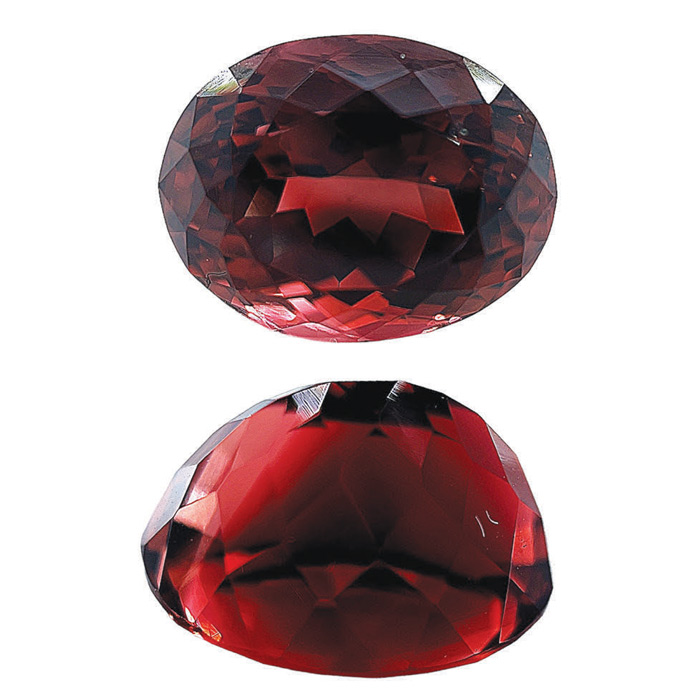

Dependent on the Jewelry Design
Sometimes, the cut has to fit the jewelry setting, so the cutter must respect the dimensions asked, no matter the type of stone. That can sometimes result in an asymmetrical or subpar cut. If the space in the setting is too cramped or the prongs are too short, the lapidary artist may have no choice but to cut a shallow stone to fit inside. Commercial quality jewelry will often have shallow stones set in order to save on production costs. In these cases, the results are obvious to the trained eye – windows, windows everywhere!
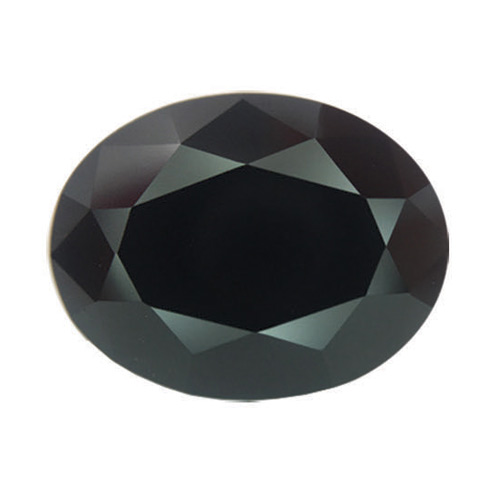
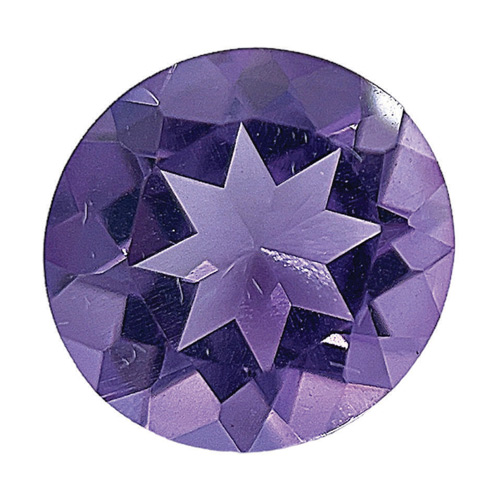
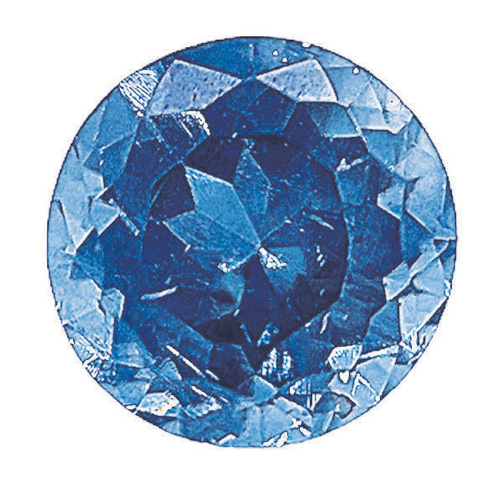
Repair Work
An example of cutting for repair work might involve a ring or other piece of jewelry that loses or breaks its stone and a replacement is needed. Most of the time, commercial quality jewelry will be set with commercial quality gems. This means that the original gemstone may not have had the best cut. So, when a replacement is needed, the lapidary artist doesn’t have a lot of legroom. They cut miracles when they can, otherwise, they cut the gem to fit.

Optical Phenomenon and Color
Sometimes, the color in a gemstone will not be evenly distributed. When faced with color zones, a cutter has to make some choices. The placement of the facets will ultimately impact the color and therefore, the value of the gem. This dilemma often happens with sapphires, citrines, amethyst and tourmaline, among others. The same thing will happen with optical phenomena, such as pleochroism, or gems with asterism and cat’s-eye. The cutter must be very careful with the direction of the cutting, the angle with the best color, and/or the angle at which the inclusions must be in order to have the best cat’s-eye possible after the stone is cut.
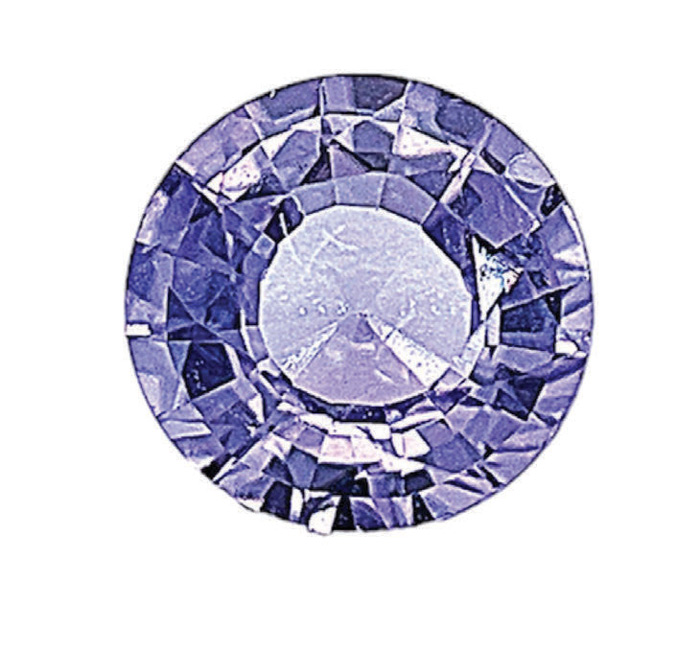
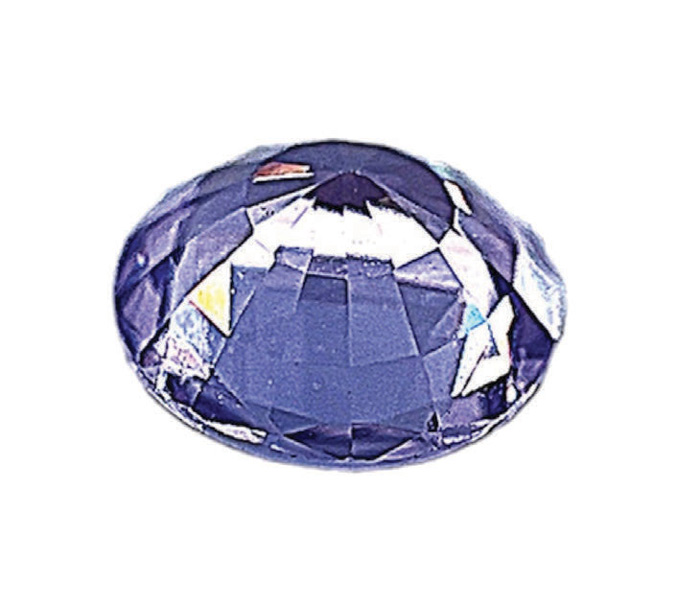
In-Depth Knowledge
It’s important to understand why the depths of a gem can be so different from one another in order better evaluate the gemstone. Knowledge is power in the jewelry business. After all, customers don’t simply want jewelry. They want a story with bits of information and trivia sprinkled in with well-placed wisdom. Gemstones offer these multi-faceted stories.
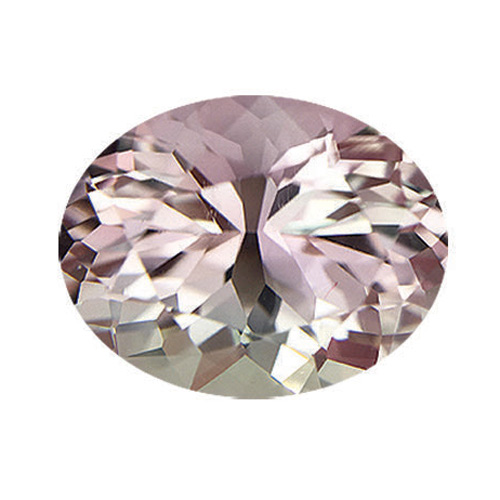
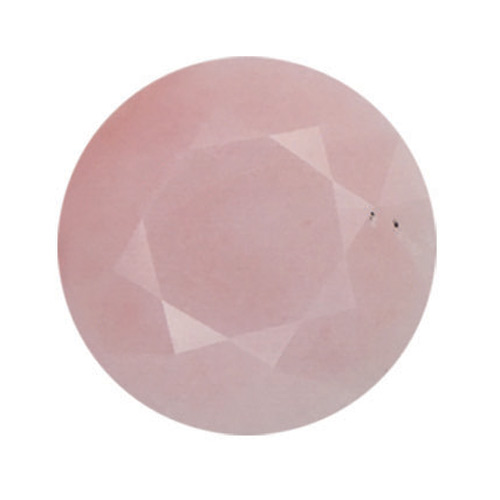
All images are courtesy of the author unless otherwise indicated. ◊














